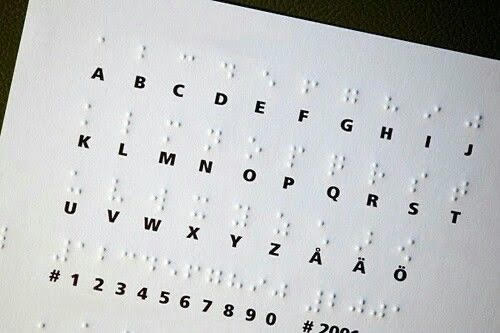World Braille Day
Every year on January 4, World Braille Day is celebrated to make people aware of how invaluable a tool Braille is. It was created by Louis Braille in 1829, a French man born on January 4th 1809, as a result of an unfortunate childhood accident that left him blind. Braille has helped many people who are visually impaired experience the full fulfillment of their human rights.

What is Braille?
Braille is a tactile way of writing that's used by people who have sight impairments. It's a special code made from six raised dots on a grid. There are 64 different combinations of these dots, including no dots at all for a word space. This means braille can be translated into different languages, musical, technical and analytical signs. Those who are visually impaired can read these dots using their fingertips to feel the patterns. The invention of braille has transformed the lives of those with visual impairments and it allows for more equal opportunities.
We often take our sight for granted and don’t understand the unique challenges that those with little or no sight face daily. Those with visual impairments deserve not only our recognition but also respect.

5 AMAZING FACTS ABOUT BRAILLE
- The asteroid 9969 Braille was named in acknowledgement of Louis Braille in 1992.
- Braille is not a language, it is an alphabet that can be used to write or read in different languages.
- There are two types: Uncontracted or Grade 1 Braille spells out every word letter-for-letter. Contracted
or Grade 2 Braille is a shorthand version that abbreviates familiar words. - Nemeth Code is the standard code of braille used for mathematics and science. It was developed by Dr. Abraham Nemeth in 1946.
- There are also games and toys in Braille such as Uno, Monopoly and LEGO.

What do you know about braille? Comment below.
XX


